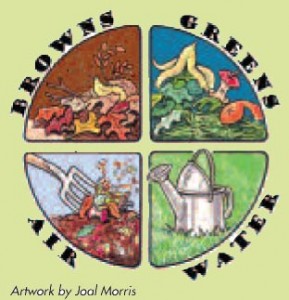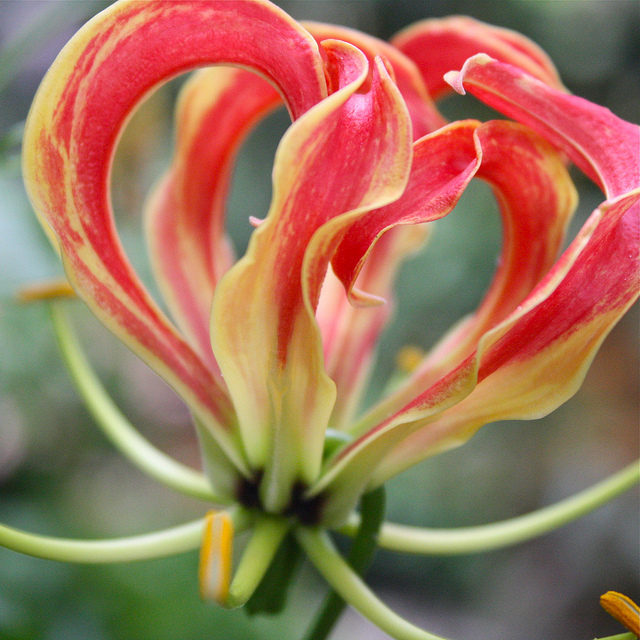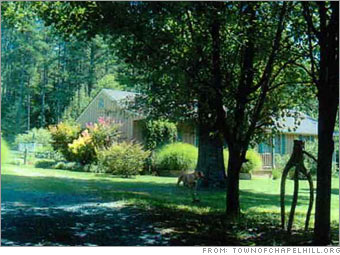Composting is a lot like sex. It’s a healthy, natural process involving fertility, tumbling around, and—when it’s going right—steaminess. On top of that, some people call it dirty.
(unattributed, Grist Magazine, 19 August 2008)
Composting is not rocket science or brain surgery. Anyone can do it, and the results can mean wonderful things for your plants.
Compost has been called “black gold” for plants. It helps sandy soil hold water and nutrients. By binding particles together, it helps clayey soils Female viagra drain better. It provides plants with needed nutrients. Its resident microorganisms compete with plant pathogens and reduce the likelihood of disease.
 You can purchase compost by the bag or by the cubic yard. Buyer beware, though; you never know what you’re going to get—composted manures often contain weed seeds, undamaged in passing through the source animal (usually horse, cattle or poultry, although Riverbanks Zoo will be happy to sell you composted waste from some of their exotic animals). The answer to “Where did these weeds come from?” is all too often from commercial compost and other soil amendments.
You can purchase compost by the bag or by the cubic yard. Buyer beware, though; you never know what you’re going to get—composted manures often contain weed seeds, undamaged in passing through the source animal (usually horse, cattle or poultry, although Riverbanks Zoo will be happy to sell you composted waste from some of their exotic animals). The answer to “Where did these weeds come from?” is all too often from commercial compost and other soil amendments.
Mushroom compost is not often plagued with weed seeds because it is usually pasteurized before it’s packaged. It may not be as benign as you think, however. Mushroom farms sometimes need to control fungus gnats during production, and this means the mushroom compost often contains insecticides or other chemicals not listed on the label. This doesn’t mean mushroom compost is hazardous to use, but it is a no-no if you’re trying to garden organically.
You’ve seen what’s on the roadside for the municipal solid waste contractors to pick up for composting. There is a lot of material not suitable for composting. (People do know their yard trash is destined to be composted, don’t they? I see flower pots and the plastic cord used to tie together bales of pine straw in yard trash piles all the time. They won’t decompose for decades, if ever, and have no place in material to be composted. And they’re not the worst things that make it into the compost source material.) The municipal compost facilities do a pretty good job screening out the junk, but they don’t get everything, and the City and County composts will often have bits of trash it in.
The only sure way to know what’s in your compost is to make it yourself.
Anything that is plant based can be composted—kitchen scraps (vegetable peelings, fruit rinds, tea bags, coffee grounds, etc.), paper, cardboard, garden clippings, fallen leaves, and more. You can compost paper products like pizza boxes, napkins and paper towels, take-out cups and paper plates, that are “food contaminated” or waxed and not eligible for recycling. The compost pile is a great place to put “sensitive” papers (e.g. bank statements) that you don’t want to put in the recycling bin or trash. Egg shells (not whites and yolks) can also be composted and add valuable calcium to the finished product.
There are a few things to avoid putting in the compost pile. Fatty or greasy foods and meats will attract vermin and make the compost smell foul. Garden or yard clippings and waste containing weed seeds should be avoided—a home composting system will likely not get hot enough to kill the seeds. Diseased plant matter should be avoided for the same reason. Waste from cats, dogs and other meat-eating pets will also lead to foul odors (but litter from rabbits, birds, horses and other vegetarian animals is OK).
You do not need a composter to compost. A simple pile can work well. The advantages of enclosing the compost are that a container can keep the compost warmer (which means faster decomposition), and it can reduce the incidence of squirrels and other critters rearranging things. You can spend from a few tens to several hundred dollars on composters, but a home-made version made from wire fencing, wooden pallets, a trash can or concrete blocks can be as effective. A compost pile on the ground is subject to intrusion by tree roots. A layer of weed-block fabric will prevent this, and make it easier to pick up the last bit of compost when you move the pile or use the compost.
Some articles on composting get pretty technical, talking about carbon to nitrogen ratios, layering, etc. But again, it’s not rocket science. Simply, you want a mix of fresh, green stuff (like kitchen scraps, grass clippings and fresh garden prunings) and brown stuff (the drier things—fallen leaves, paper, sawdust, wood chips, etc.). Too much of the green stuff, and the compost tends to become compacted and anaerobic (and stinky). The brown stuff helps maintain air circulation. Too much of the brown stuff, though, and decomposition slows considerably.
Upon adding the first material to your compost pile or composter, add a handful or two of finished compost or soil. The organisms in the compost or soil will go to work decomposing your waste. The other thing you might have to add every once and a while is water. A pile that’s too dry is not hospitable to the bacteria and fungi breaking down the material.
Your compost will decompose more quickly the smaller the size of the particles you add to the pile. Smaller pieces have relatively more surface area on which microbes can act. Paper will decompose faster if it’s shredded first.
Frequent turning can also speed-up decomposition. A simple way to turn the pile thoroughly is to move it. I have two plastic composters that are bottomless. I simply lift off the composter (the somewhat conical shape makes this easier than it would be with straight sides) and set it down a few feet away (with weed block fabric underneath). Then I use a pitchfork to move the contents back into the composter. I confess I don’t do this too often—and my compost is not as quick as it could be. Easy turning is the big advantage of the rotating composters, and they do produce compost more quickly.
 You’ll want to start with only one composter (or pile) at the outset, but if you settle into a routine of composting, you’ll eventually want more than one. You need to let the material in one pile finish for a few weeks or more without adding new stuff to it. I use three composters. One I add material to a few times per week. The second I stopped adding to when it got close to being full. Its contents are not yet finished decomposing. The third one has finished compost in it. If I time things just right, I’ll have the third one emptied about the time the first one fills up and when the second composter’s contents are finished decomposing.
You’ll want to start with only one composter (or pile) at the outset, but if you settle into a routine of composting, you’ll eventually want more than one. You need to let the material in one pile finish for a few weeks or more without adding new stuff to it. I use three composters. One I add material to a few times per week. The second I stopped adding to when it got close to being full. Its contents are not yet finished decomposing. The third one has finished compost in it. If I time things just right, I’ll have the third one emptied about the time the first one fills up and when the second composter’s contents are finished decomposing.
You can find a wealth of information on composting online. Try starting with www.composting101.com, www.epa.gov/epawaste/conserve/rrr/composting/index.htm and www.clemson.edu/extension/hgic/plants/other/compost_mulch/hgic1600.html. You can also see a variety of composters at the Demonstration Garden set up by the Richland County Master Gardeners at the Sandhill Research and Education Center (900 Clemson Rd.). For a simple, one page guide to what can and what should not be composted, see www.mass.gov/dep/recycle/cmppstr.pdf.
I’ll leave you with one other piece of advice, something overlooked by most composting information resources. Find a suitable container to sit on the kitchen counter to store scraps until you’re ready to take them to the composter. You don’t need a fancy crock or copper pot (in fact, I’d advise against anything hard to clean or breakable). I use a small plastic bin about the size of a shoebox. It’s the same color as the countertop and so is pretty inconspicuous. It has a tight fitting lid to keep out fruit flies, and it’s tough—it takes a fair amount of abuse when its contents are knocked into the composter. After it’s emptied, I squirt it out with the hose, clean it further inside if necessary, and then line it with a used paper towel or other piece of paper to be composted (the liner makes it easier to empty). It’s then ready to receive more scraps.
Try composting. It doesn’t make sense to send such valuable material to the landfill.




